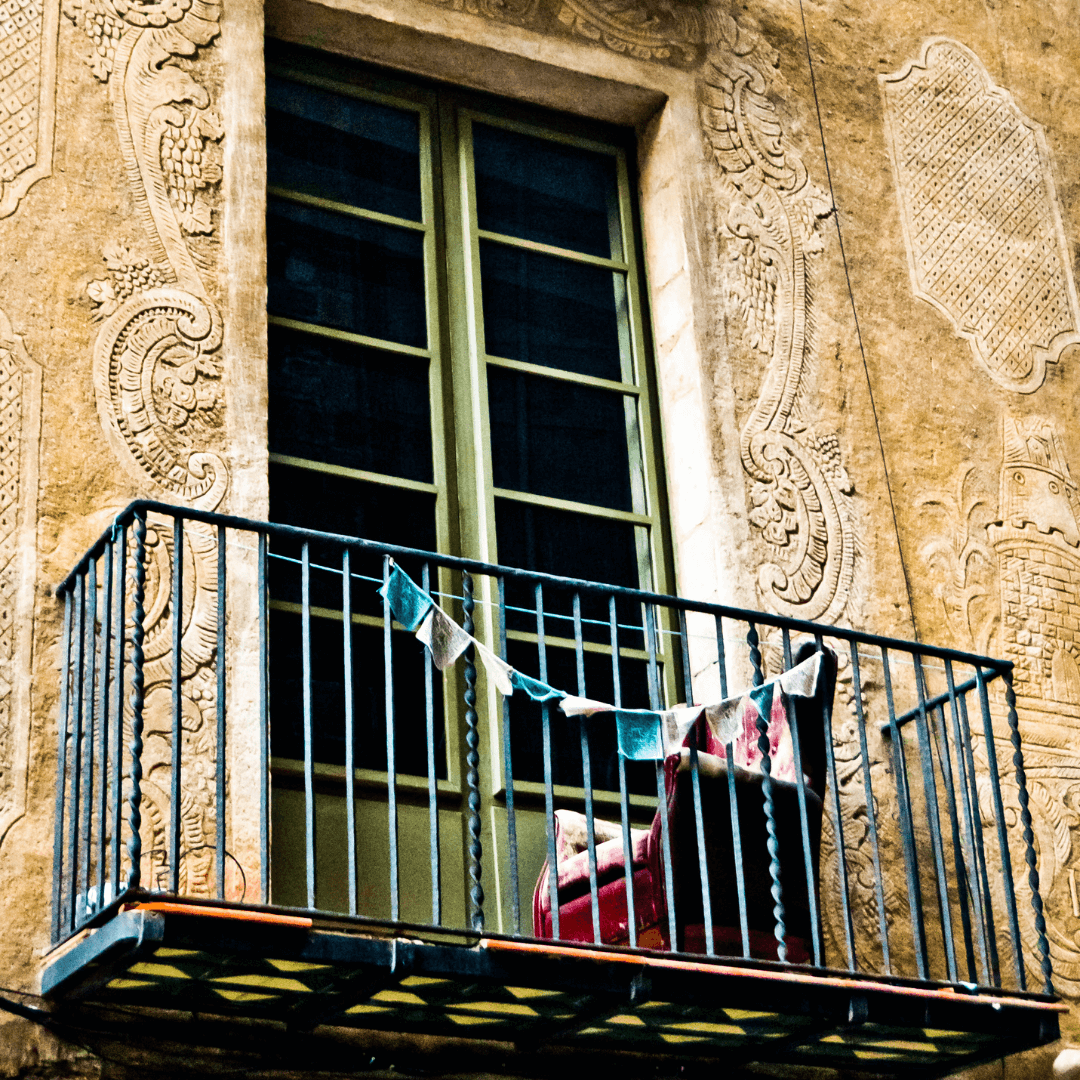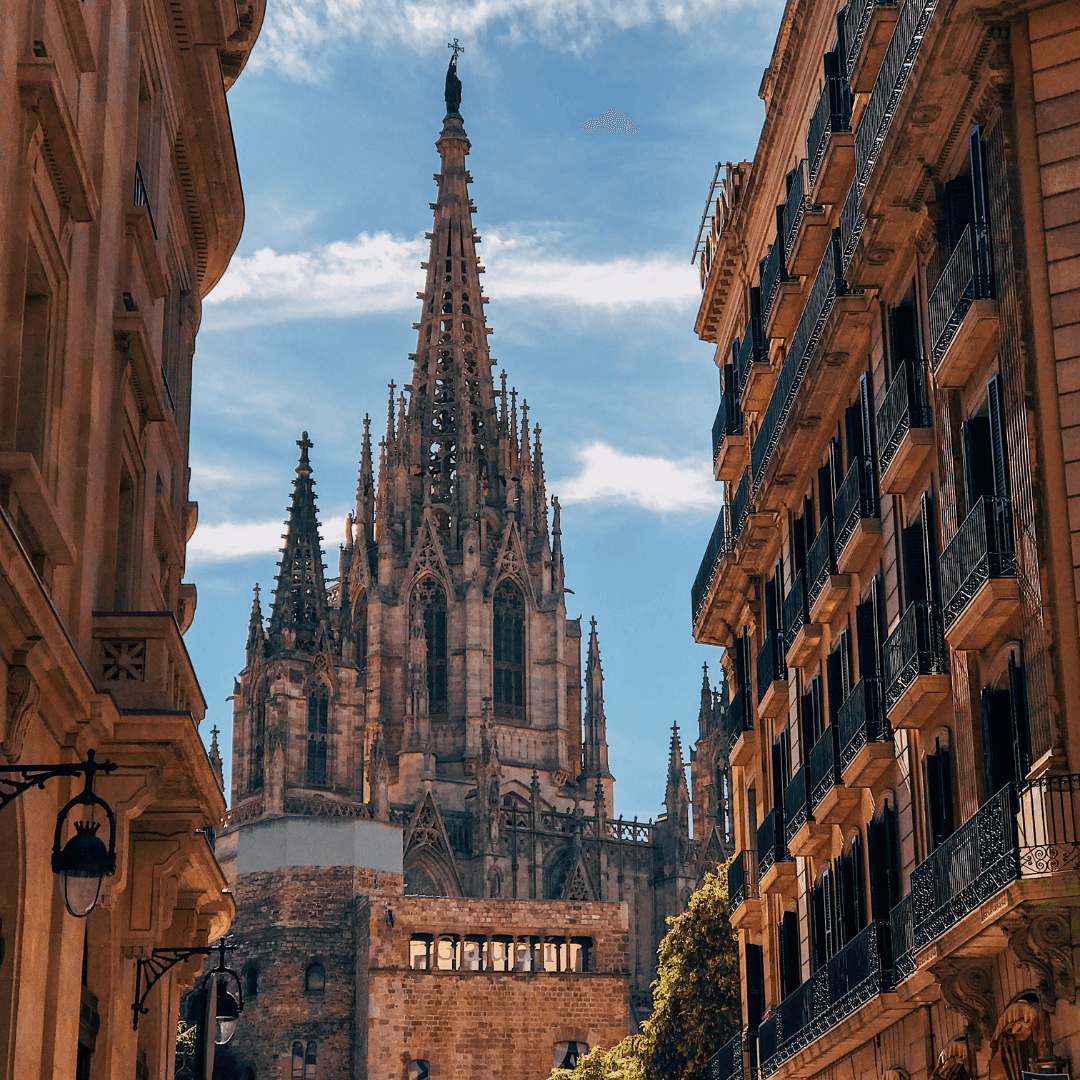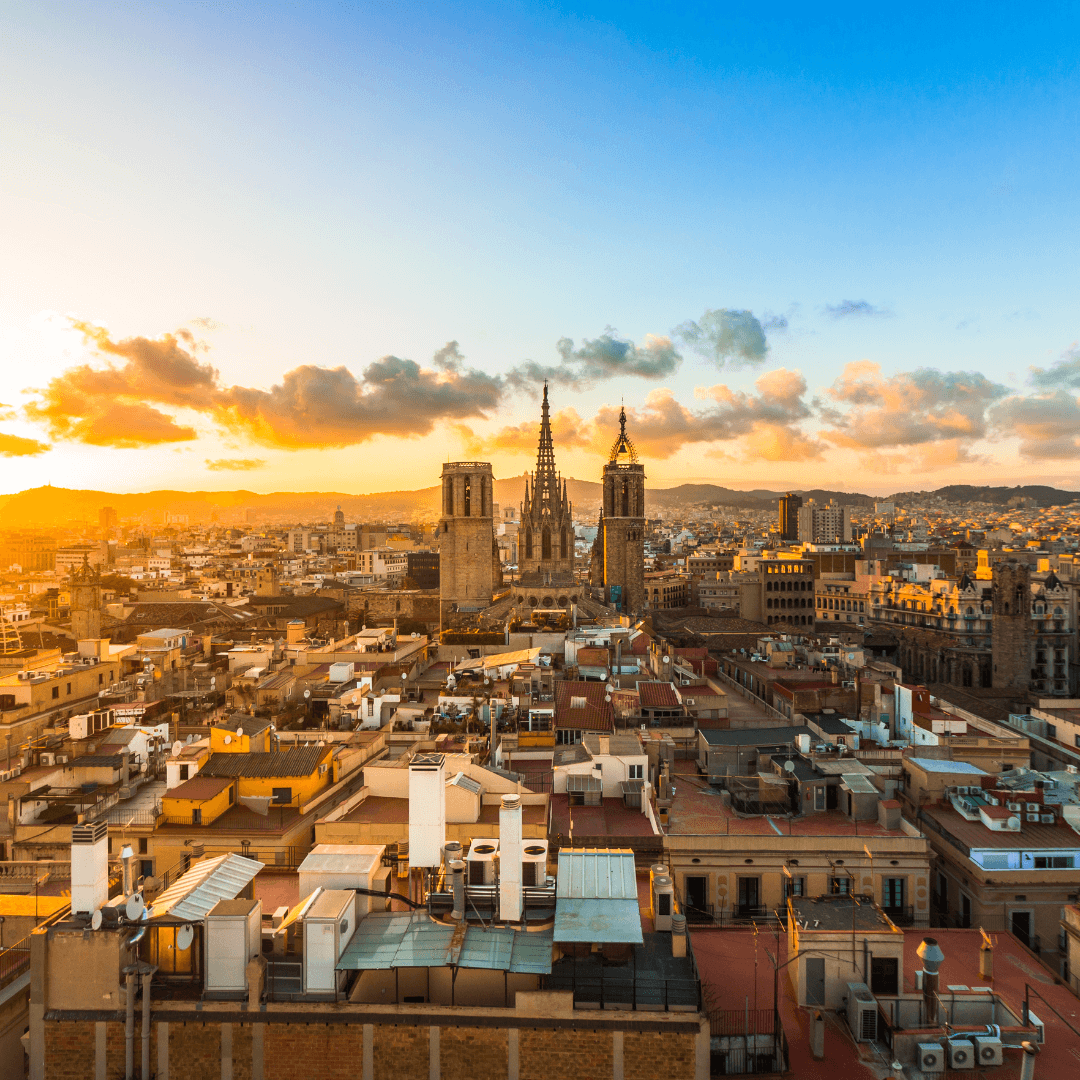 Historic neighborhoods are cultural and architectural treasures that tell the story of a city’s history and evolution over time.
Historic neighborhoods are cultural and architectural treasures that tell the story of a city’s history and evolution over time.
These urban gems harbor a unique charm, with cobblestone streets, old facades and squares full of history. However, urban development and constant progress can put the identity and heritage of these neighborhoods at risk.
In this article, we will explore how one of our main objectives at Renta Corporación is to preserve the essence of historic neighborhoods in the context of urban development, finding a balance between tradition and modernity, always under the umbrella of sustainability.
The cultural and architectural value of historic neighborhoods
Historic districts are true testimonies of the history and culture of a city. Their buildings, squares and streets are a tangible representation of the past and of the way urban life has evolved over the centuries. For this reason, it is essential to protect and preserve their cultural and architectural value. The conservation of historic buildings, the restoration of facades and the protection of public spaces are key actions to keep the identity of these neighborhoods alive.
Maintaining their essence without renouncing urban development
Urban development can offer opportunities for the regeneration of historic neighborhoods without losing their essence. Restoration and rehabilitation of old buildings are increasingly in demand as solutions to adapt them to the new needs of the population. In addition, it allows maintaining the unique character of these areas while incorporating functional and infrastructural improvements.
It is therefore necessary to implement an urban regeneration approach that respects the historical identity of these neighborhoods and thus contribute to revitalizing them without erasing their cultural footprint.
The promotion of tourism and local commerce to promote the economic revitalization of the historic center
Preserving the identity of the old town center of localities not only benefits its cultural value, but also its economy. These historic areas often become tourist attractions and destinations for locals and visitors interested in experiencing the authenticity of the town.
Encouraging responsible tourism and local commerce in these neighborhoods can revitalize the economy and strengthen the social fabric, as long as boundaries are respected to avoid tourist overload that could jeopardize their identity.
Involving the community in urban development decisions
Urban development should be an inclusive process in which the local community actively participates in decision-making. Citizen participation allows the voices of local residents and merchants to be heard, and they can provide valuable perspectives on preserving the identity and protecting the heritage of their neighborhoods. Dialogue and collaboration between citizens, authorities and urban planning experts are essential to ensure sustainable development that respects history and heritage.

